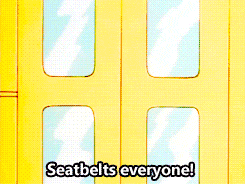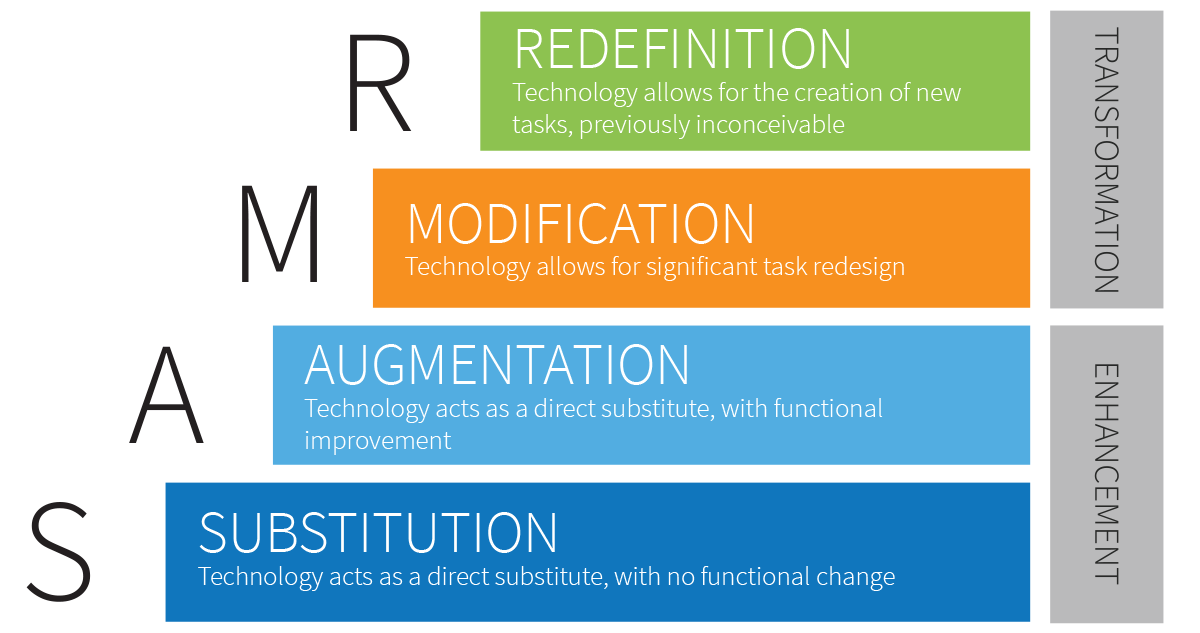Neil Postman wrote: “…We now know that “Sesame Street” encourages children to love school only if school is like “Sesame Street.” Which is to say, we now know that “Sesame Street” undermines what the traditional idea of schooling represents.”
For this week’s blog prompt, we are tasked with unpacking this quote and extending the ideas to current models of education. The problem is, I have never really watched Sesame Street (shout out to The Magic School Bus for my educational TV background), so my prior knowledge of how Sesame Street encouraged students to “love school” is pretty limited. However, after a little reading, I have more of an idea of what Postman meant when he said this quote.

Students are taught to love a certain type of schooling, one that entertains and seduces them into blind obedience of watching more, and this is not what education is. In our current education system, teachers encourage students to think for themselves, ask questions, make mistakes, and to think outside of the box, but we are often met with resistance because “that’s hard.” I’m sure Sesame Street had many great life lessons and taught children a lot about life, but it is an unrealistic expectation for educators to follow and education and entertainment do not go hand in hand.
The idea that schooling needs to be entertaining for students to engage or benefit from it is a hindrance to what many teachers try to do in their classrooms everyday. This blog discusses more of what Postman discussed in “Amusing Ourselves to Death;” Postman goes on to say, “Television’s principal contribution to educational philosophy is the idea that teaching and entertainment are inseparable” (146). The problem with this idea is that students are often not “entertained” by our education system. If they have grown up to expect this, when they are not entertained, they gap out and think they are not learning.
This is where the recent trends in education comes in. More and more, we are beginning to see an increased use of cellphones, BYOD, and audiovisual technologies in our classrooms. Not only are we beginning to see more of this, they are becoming both a requirement and an expectation in the classroom – from both teachers and students. This is not necessarily a bad thing – education needs to adapt and advance for the future – but we cannot become reliant on it either. Audio and visual tools increase student engagement and help students learn visually. The critique of introducing these types of technologies is, where is the line? What is too much? When are we over stimulating children with new tools, new gadgets, and new technologies, when there is a much simpler form of completing the same task? What I believe it comes down to is engagement vs. entertainment.
For example, in my ELA B30 class, we are currently speeding through Hamlet in the block system and I have been racking my brain to try and get my students more engaged. Usually, I don’t have this much of a problem, but that was when we were only reading the play for an hour a day. Now we are up to 2 and a half hours a day. I have tried the audiobook, I have tried watching the play on Youtube, and yet the students are not overly engaged or entertained in the least. They came into the lessons expecting to be bored, proving they are bored, and checking out the moment we open the books. It doesn’t matter at this point if I decided to single-handedly act out the entire play or broke them into groups to act it out themselves, they would still be “bored.” I know next week I will have them hooked with the plot line (we are just getting to the good stuff), but this last week, I was entirely left exhausted and out of ideas. This is a point where it does not matter what audiovisual technology I introduce; they will not engage if they pre-determine they don’t want to. Sometimes it is irrelevant what we do as teachers, and it matters what the students decide to do instead.
Students have become accustomed to technology being part of their daily routine, and that includes within the classroom. This article from Fitting Image stated the importance of audio visual technology in the classroom: “learning via AV creates a stimulating and interactive environment which is more conducive to learning… [and] we live in an audio-visual age which means that having the skills to use AV equipment is integral to future employment prospects.” But we must be careful as teachers not to use too much; it also needs to be integrated properly and “not just consist of children working in pairs on a PowerPoint presentation or rewriting a piece of work using Word.” The use of AV technology in the classroom opens so many possibilities for learning and opportunity to challenge students in more creative ways. Instead of making a PowerPoint, they could create a video using Adobe Spark or Nearpod, like we saw from the presentation on Tuesday.
There are so many tools, and it is really cool to see how AV technology has advanced over the years. Just check out this graphic to see just how much the tech has advanced from the 80s to now. With all this technology, how can we not use these tools for what they are meant for? How do teachers justify teaching everything the same way, but with a different tool? We need to advance down the SAMR model, and leave substitution and augmentation aside, and push ourselves to modification and redefinition of our learning environments.

The rapid advancement of the AV technologies in education is changing the way we teach, and tools like Khan Academy, TedED and even Desmos for you math teachers, are enhancing that change. What does a future of education look like because of these advancements? I certainly hope different. The “cookie cutter” model with the same courses, same curriculum, and same class format with the odd tool tossed in to engage does not work for all students and it is important we use these tools to change the way we teach.
At some point, I could see teachers becoming more facilitators as learning becomes even more individualized, but as we discussed in our class this week, I hope that means it is more collaborative too. Maybe we will finally do away with the textbooks too! According to this blog, in 1922, Thomas Edison thought that “motion picture is destined to revolutionize our educational system and that in a few years it will supplant largely, if not entirely, the use of textbooks.” Well, in 2020 this still has not eradicated the use of textbooks, but we are slowly moving in the right direction. As we begin to focus more on skills, creativity and critical thinking, traditional knowledge does become less important. Maybe there is an AV tool out there or one to come in the near future that will help continue the revolution of education toward a brighter path. One that does not simply entertain students but immerses them in learning.




Great post, Shelby! I feel for you and the constraints of teaching Hamlet in the high school
block system. I am glad you brought it back to the SAMR model and that we need to focus on the “Redefining” step instead of the unrealistic idea of entertaining students all say. Your post was a great summary of the presentation and ideas we discussed this week- thank you!
LikeLiked by 1 person
Thanks for a very informative read. I agree with you that the education system needs to adapt and change to prepare students for the future and that too much AV, just like too much of anything, doesn’t always make for a good thing. It was interesting to read that Edison thought motion picture would revolutionize the education system, which in many ways I think it has, I think we are still sometime away from completely getting rid of those good ole textbooks.
LikeLiked by 1 person
Pingback: Audio-Visual Technology: Changing How We Think About School – CATHERINE READY
Great post Shelby!
I too grew up more on the education stylings of the Magic School Bus as well as the classic Canadian PMK (Popular Mechanics for Kids) for my entertainment schooling. Initially, I wasn’t sure how I felt about Postman’s quote, as I really do see a value in these types of education, but I think you hit the nail on the head when you explained that there’s a big difference between engagement vs entertainment. While using different forms of AV are ways to engage our students today, we need to ensure that the end result is a deeper learning and not just entertaining them. I also really liked how you tied in the SAMR model into this post as it is such a great tool for teachers to self-reflect on how they are using ed tech and what their end goal is as tech does not always enhance learning.
Thanks again for the read.
LikeLiked by 1 person
Great post Shelby! I have seen both positives and negatives with COVID. The days fly by with recess first thing in the morning and last thing in the afternoon. We get up and stretch as needed but I find the day more streamlined and less time wasted so I hope this structure stays (the kids do as well). It also makes me plan more streamlined but I was wondering how it was for the high school people. Ugh. I feel for you.
There are all types of learners out there but ultimately they also need to take responsibility for their own learning. It may be different types of technology for different types of learners that helps them be immersed in their own education. Not a one size fits all and that is where the learner comes in to find what works best for them.So don’t be so hard on yourself! By the sounds of it your students are super fortunate to have you be so reflective in your practice!
LikeLike